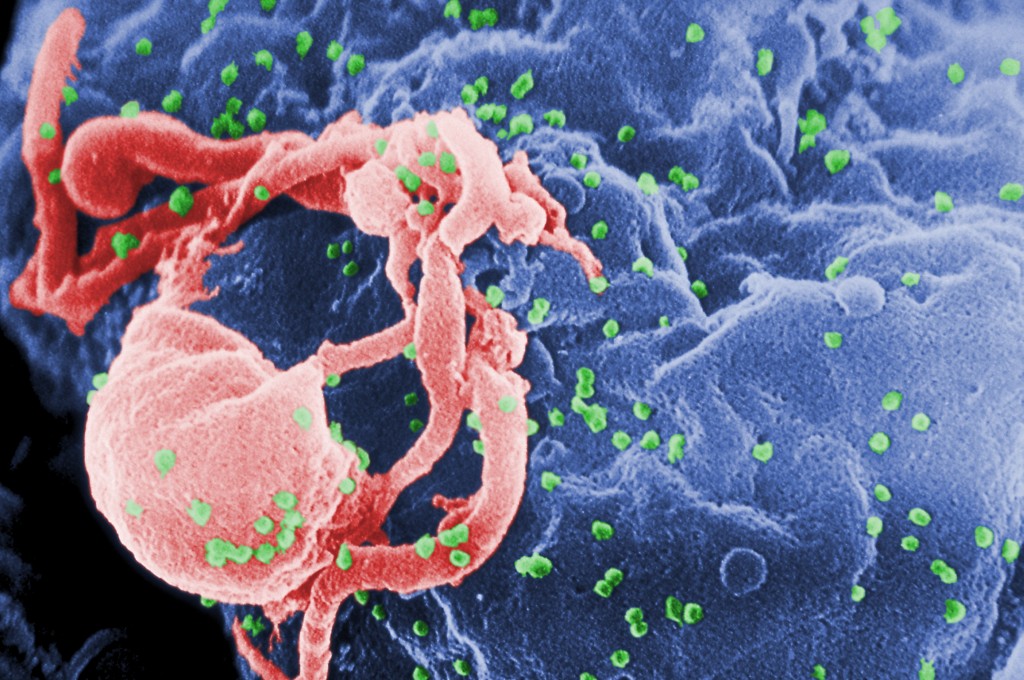National AIDS Trust: ‘Current spending isn’t enough to reduce HIV rates’
By Will Stroude

Current spending on HIV prevention isn’t enough to have any impact on the rate of new infection rates, the National AIDS Trust (NAT) has found.
A new report by the charity has found that in local authorities with high prevalence of HIV, only 0.1% of local authority public health allocation is spent on HIV prevention. In 2013, the NHS spent 55 times more on HIV treatment and care in these areas than local authorities spent on HIV prevention.
The NAT estimates that in 2014/15 just £15 million was spent nationally on HIV prevention, compared with £55 million allocated in 2001/02. In that time, the number of people living with HIV has trebled whilst the amount spent on prevention has decreased to less than a third of the original budget.
Deborah Gold, chief executive of the NAT, said that there was currently “no correlation” between local HIV rates and levels of spending, creating a “postcode lottery” of HIV services.
“Our research found, shockingly, in the 58 areas of highest prevalence of HIV in England, seven local authorities weren’t spending anything on primary HIV prevention or on additional testing services,” she said in a statement.
“Testing for HIV is an important prevention intervention as we know that up to 80% of people get HIV from someone who doesn’t know they have it.
“Worryingly 35 out of 58 local authorities were not investing anything in HIV testing outside sexual health clinics in 2014-15. This is despite NICE guidelines clearly stating they should be offering tests in GPs surgeries, hospitals and community settings in order to have any hope of reducing the number of people with undiagnosed HIV, and further transmissions, in their areas.”
The charity has also predicted that the situation will worsen when ring-fencing for the public health budget is removed from April 2016. Gold continued: “In the current climate of cuts and pressure on budgets we are extremely worried this money will be used to shore up other areas of council spend. This would be a disaster for public health in this country.”
The government has already come under fire for its plans to halve HIV funding from April this year, while figures published by Public Health England indicated that 3,250 gay and bisexual men were diagnosed with the virus during 2013 – the highest annual figure on record.
You can read the National AIDS Trust’s full report here.
More stories:
‘Hollyoaks’ Kieron Richardson defends HIV storyline
Survey: 28% of Brits think you can catch HIV from a toilet seat

